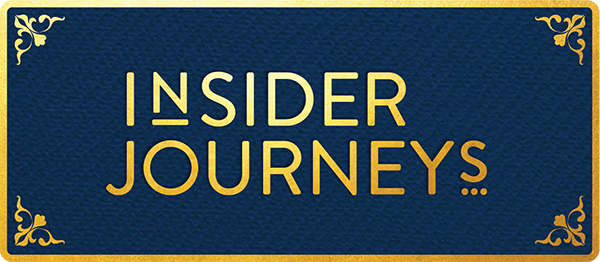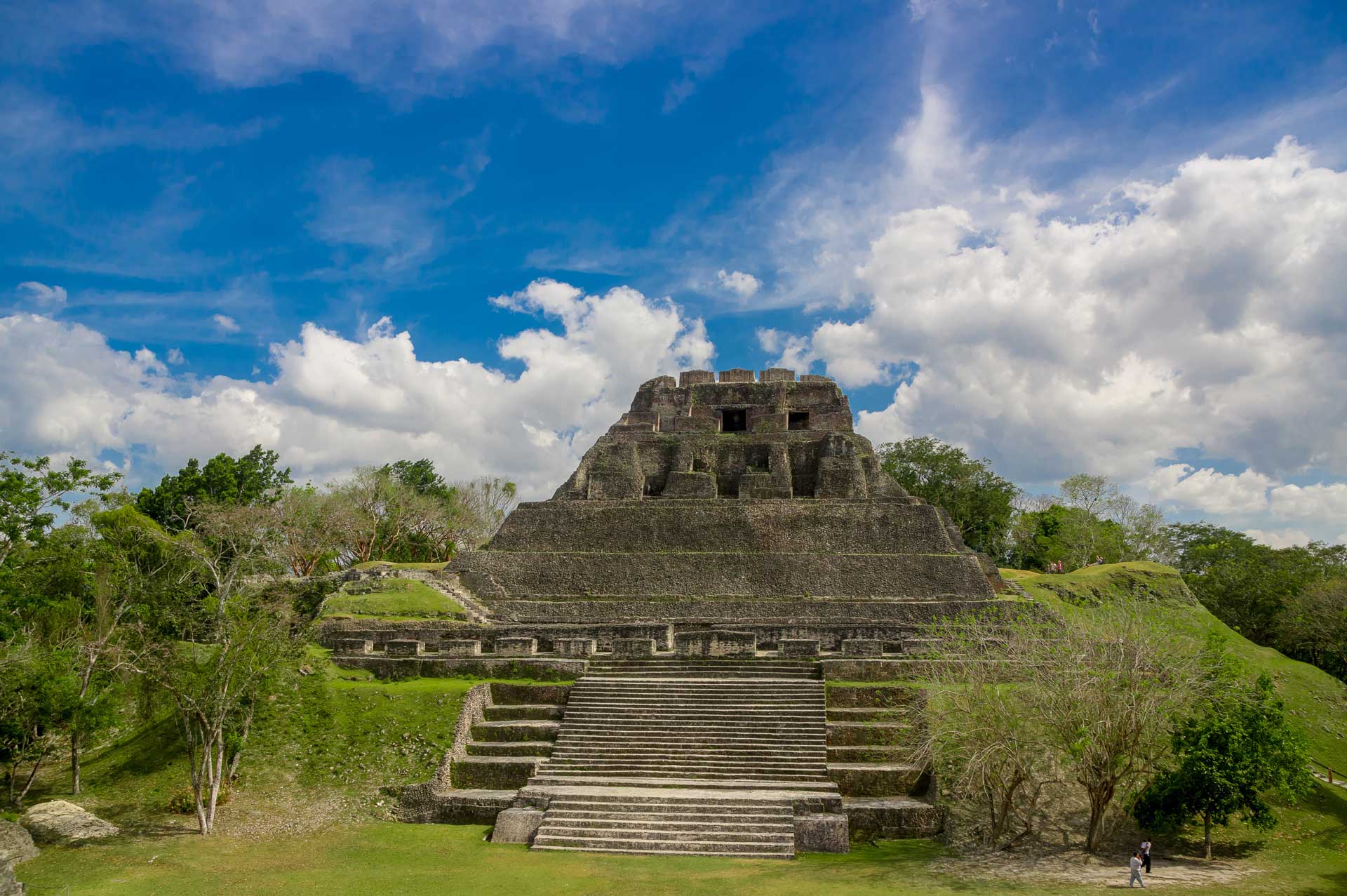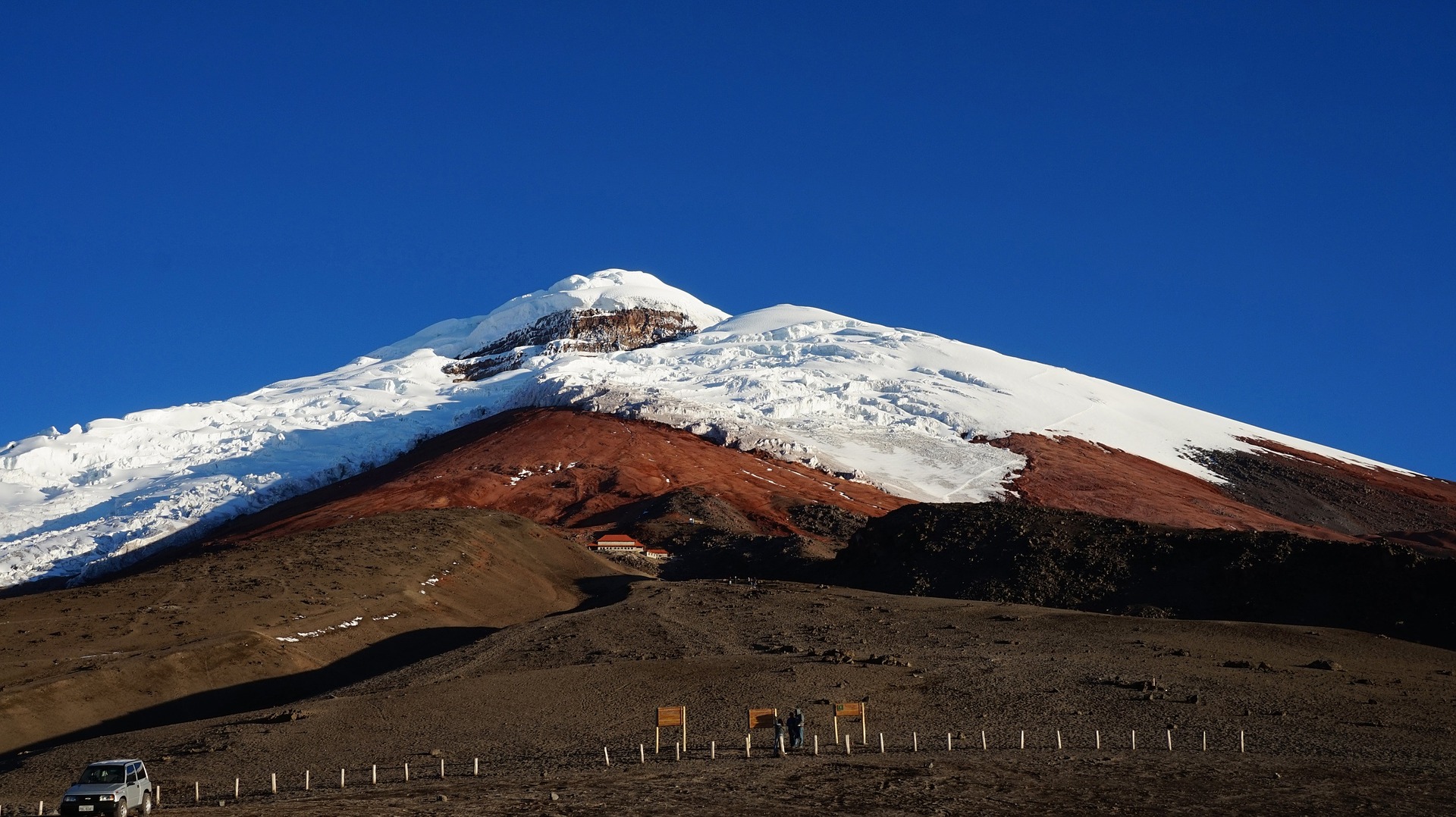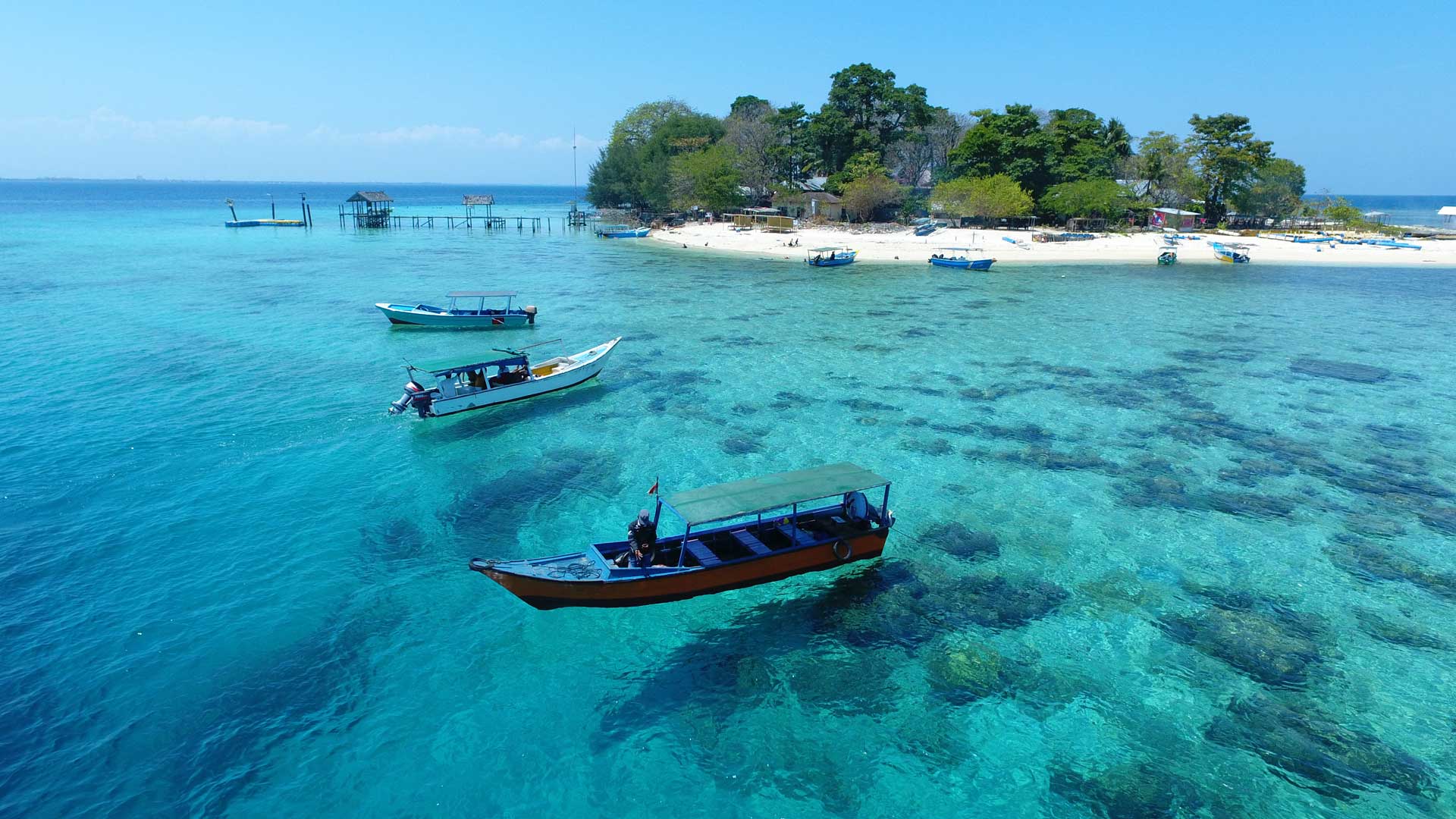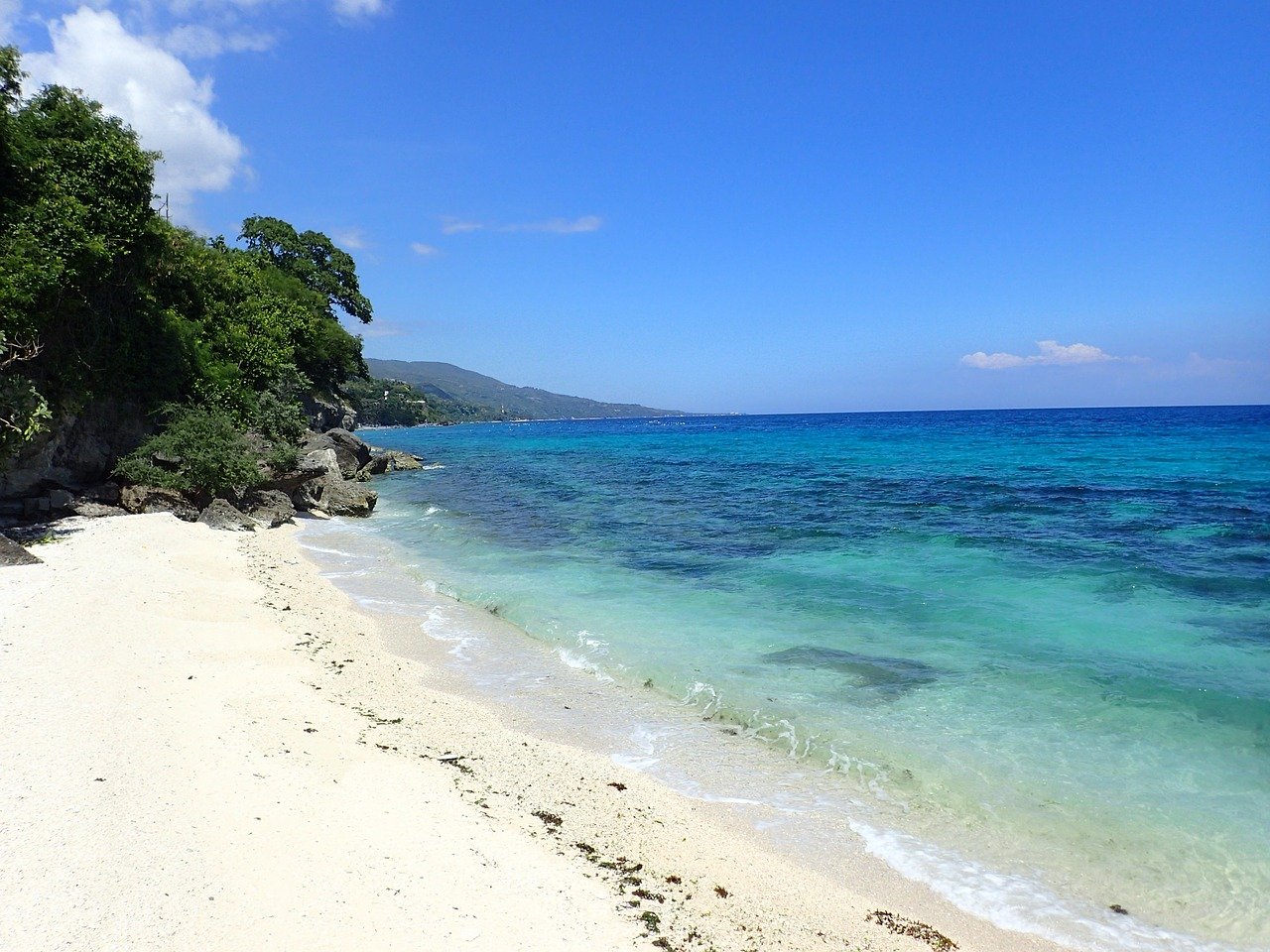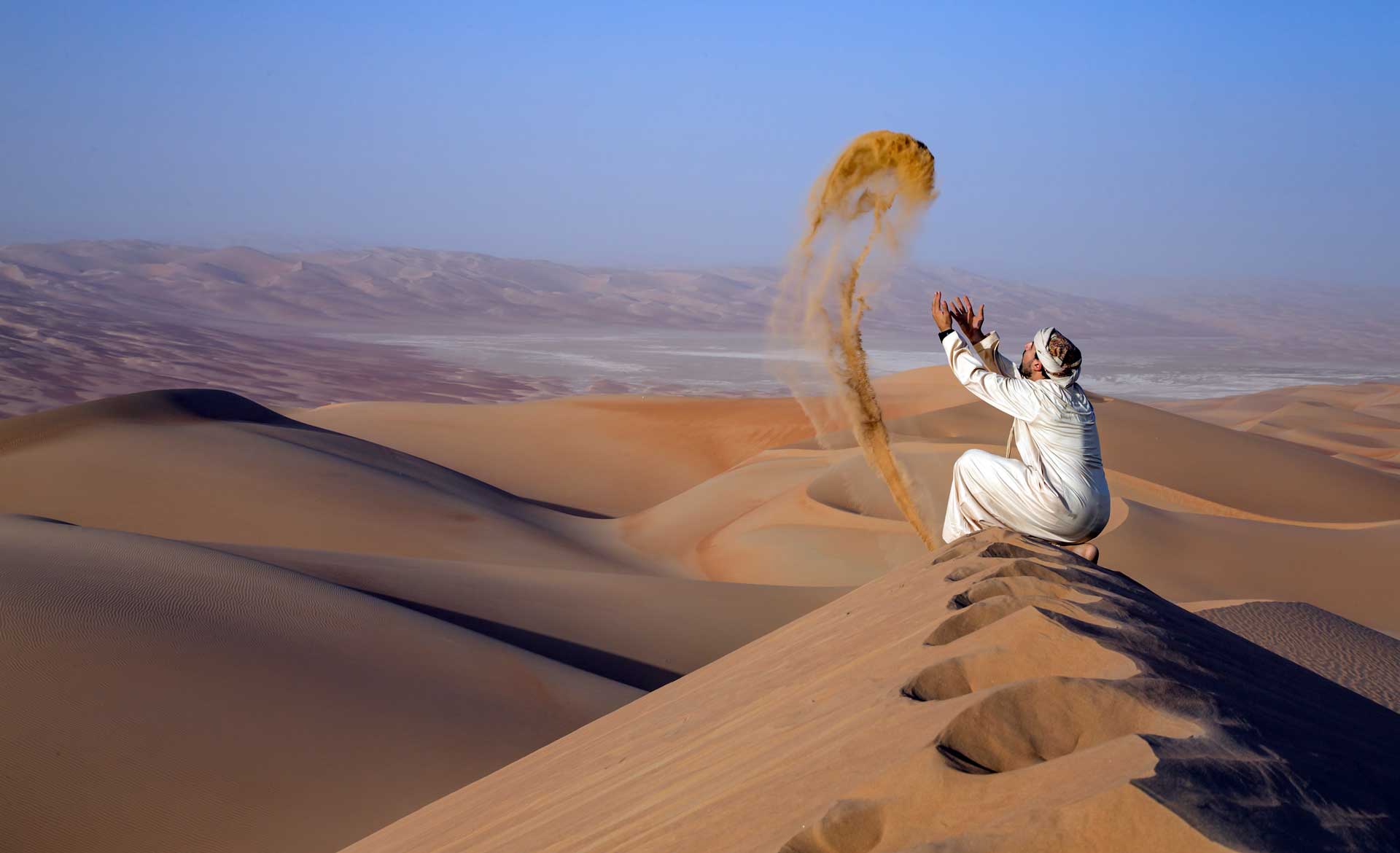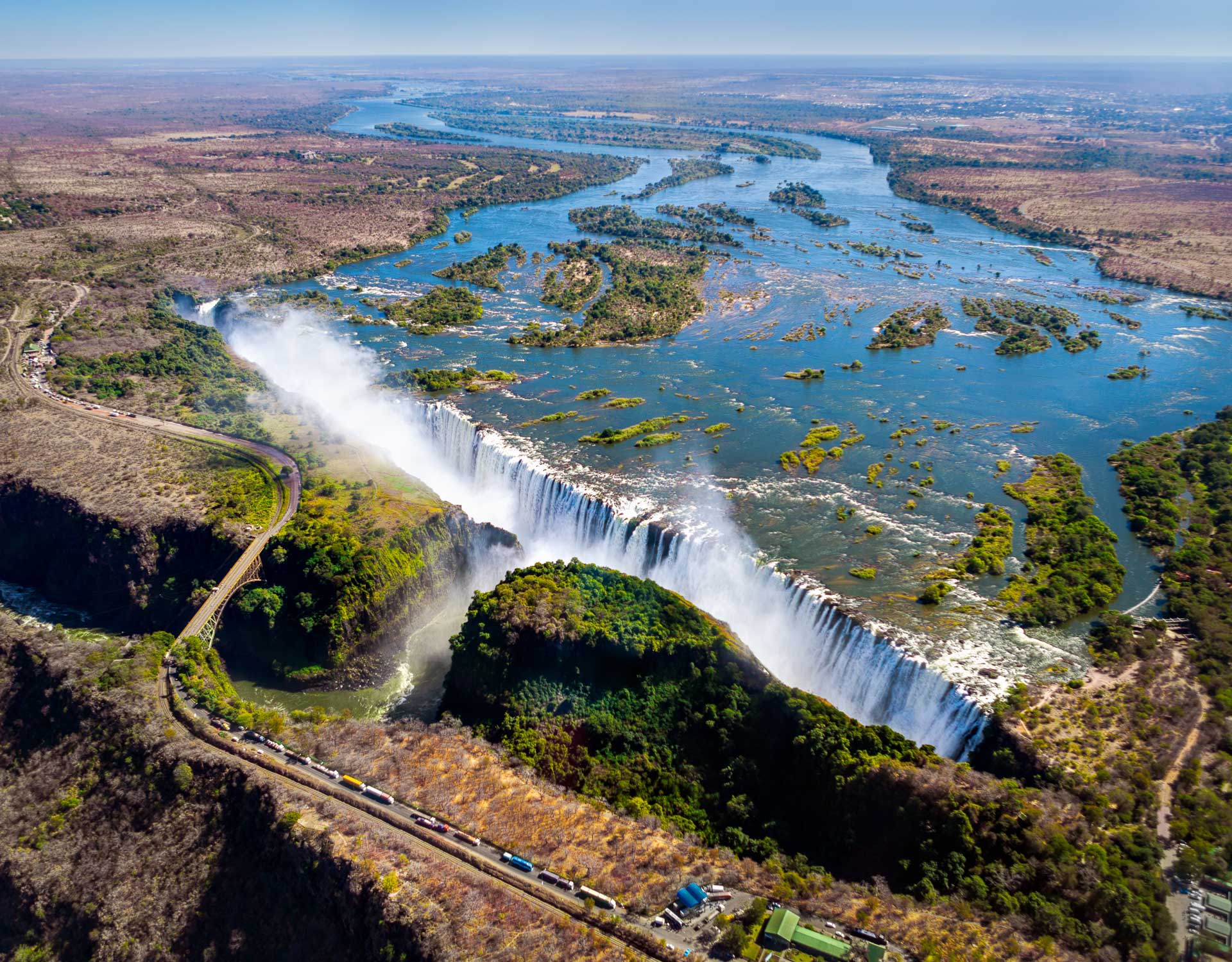The Mekong River, one of the world’s great waterways, is a vital artery weaving through six countries— China, Myanmar, Laos, Thailand, Cambodia, and Vietnam. Stretching over 4,900 kilometers, it begins its journey in the Tibetan Plateau, carving its way through diverse landscapes, from rugged mountains and fertile plains to dense jungles and vast deltas. The river’s path connects a tapestry of cultures, economies, and ecosystems, making it an essential lifeline for millions of people.
As the Mekong courses southward, it nourishes countless communities, supporting agriculture, fishing, and trade. In the Golden Triangle, where Myanmar, Laos, and Thailand converge, the river’s waters teem with life and its banks bustle with markets and cross-border commerce. Further downstream, the river flows through Laos, where its powerful currents are harnessed for hydropower, fueling development and transforming local landscapes.
The Mekong’s journey continues into Cambodia and Vietnam, where it fans out into the iconic delta. Here, its intricate waterways sustain one of the world’s most productive agricultural regions, producing rice, fruits, and seafood that feed millions across the globe. Yet, throughout its course, the Mekong is more than just a source of sustenance—it is a symbol of unity and resilience, a force that binds the region’s people to the rhythms of nature. From its glacial origins to its fertile delta, the Mekong River is a dynamic force that shapes the geography, culture, and livelihoods of Southeast Asia. It is not just a river—it is the lifeblood of a region, a marvel of nature, and a source of inspiration for those who live along its banks.
